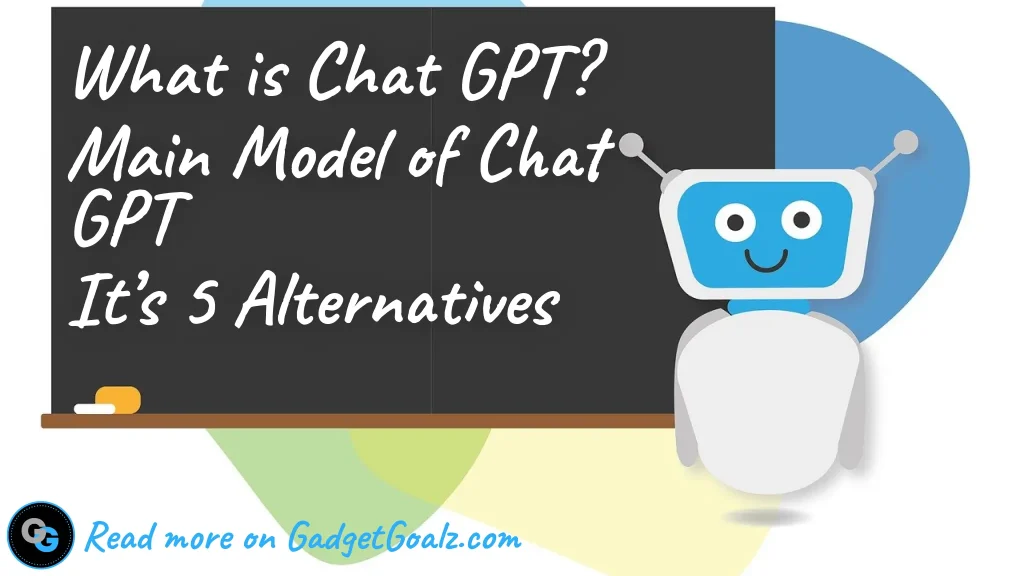
When the Internet Starts Serving Microwave Dinners
Not long ago, scrolling through social media felt like wandering into a bustling café—you overheard quirky conversations, saw imperfect but heartfelt photos, and stumbled across articles that reflected a person’s unique perspective. Increasingly, though, the digital menu has changed. Critics have begun calling much of it “AI slop”: hyper-realistic but low-effort AI content that looks surprisingly polished yet leaves you unsatisfied.
It’s the difference between a home-cooked stew and eating fast food for every meal. Sure, the calories are there, but where’s the flavor? The heart? The nourishment makes you want to come back?
This isn’t simply about bad content. It’s about the subtle industrialization of creativity—where algorithms, not humans, supply the bulk of the web’s stories, art, and even faces. And while AI-generated material can certainly dazzle, the rise of slop AI content poses urgent questions: What happens when most of what we consume online isn’t made by people at all? And more importantly, can we tell the difference anymore?
What Exactly Is “AI Slop”? (Definition You Can Taste)
AI slop is a shorthand for low-quality, mass-produced AI-generated content designed to appear engaging but lacking authenticity or originality. It’s slick on the surface, hollow at the core.
It spans mediums:
- Text slop – Articles that look authoritative but are stitched together from generic AI outputs, often riddled with repetition, factual slip-ups, or vague “filler language.”
- Image slop – Highly photorealistic AI-generated images that feel uncanny—think of the viral “Pope in a puffer jacket” or AI-generated product photos that show hands with too many fingers.
- Video slop – Shorts and reels where everything—script, voiceover, visuals—is generated in minutes, often indistinguishable from genuine human work until small glitches betray them.
- Review & comment slop – Fake Amazon reviews, AI-driven travel recommendations, or chatbot-run Reddit threads that mimic community dialogue.
Where human creators need days or weeks, AI needs seconds. The result is a tsunami of content—enough to flood every feed and search result page.
Why AI Slop Took Over the Internet?
It’s tempting to chalk this up simply to technology advancing. But the deeper forces at work are structural and economic.
1. Speed Meets Incentive
- A freelancer may take hours to write a thoughtful guide. An AI can pump out a dozen in the same time.
- For businesses, speed equals visibility. Search engines, social platforms, and e-commerce algorithms don’t always distinguish quality—they reward quantity.
2. The Economics of Cheap Abundance
AI-generated content is nearly free after the upfront tool cost. Imagine a factory where labor is suddenly reduced to zero. That’s what content farms now experience when they swap writers and designers for prompts.
Entire industries are pivoting:
- Publishing: Amazon has had to purge hundreds of AI-made books falsely credited to human authors.
- News: Local sites find themselves outranked by AI-written listicles optimized for SEO.
- Art & Stock images: Why pay for a $300 photo shoot when MidJourney or DALL-E can make one in minutes?
3. Platform Design Rewards Clicks Over Craft
AI slop is algorithmically native. Platforms like TikTok and Instagram already reward novelty, virality, and sheer upload volume. Low-effort AI content fits that mold better than slow-made, nuanced human work.
A Look at “Slop” in Action
Case Study 1: The Fake Photography Awards
In 2023, a German artist “fooled” a prestigious photography competition by submitting an AI-generated image that won first prize. His intent was to expose the blind spots in art adjudication. Instead, it became a cautionary tale: if expert judges can’t distinguish slop from sincerity, what chance do casual viewers have?
Case Study 2: AI-Generated News Outlets
Several “zombie news sites”—hundreds of them ran AI-written stories with fake bylines, occasionally plagiarizing legitimate sources but wrapped in SEO-friendly packaging. Readers found them via Google, not realizing they were consuming algorithmic mashups.
Case Study 3: The TikTok Auto-Content Mill
Entire TikTok accounts now run on autopilot: AI scripts + AI narrators + AI graphics = endless videos. While engagement may be high, viewers often report odd tonal shifts or generic vibes—signs of slop.
Related: Can AI Build AI? Dangerous Step Toward Technological Overreach?
The Consequences of an AI-Slop-Flooded Web
The dangers aren’t just aesthetic—they strike at the core of trust, culture, and creative labor.
1. Trust Erosion
When everything could be fake, nothing feels real. From political disinformation to misleading product reviews, slop erodes confidence in online spaces.
2. Creativity at Risk
AI tools remix existing work. The more AI dominates, the more culture risks becoming a loop of recycled ideas—polished but stagnant.
3. Economic Displacement
Why pay human artists, writers, or photographers when AI can mimic them? Independent creators fear being crowded out or devalued.
4. Attention Drain
Ironically, too much slop numbs audiences. Just as fast food eaten daily dulls your palate, slop content risks overwhelming users until they tune out altogether.
Pushback: The Rise of “Slow Content”
Not everyone is giving in. A counter-movement—think of it as the slow food movement of media—is emerging.
- Transparency Labels: Europe and several tech companies are working on rules requiring visible labels when content is AI-generated.
- Digital Watermarks: Invisible signatures embedded in AI outputs could help platforms detect fakes.
- Human-Made Badges: Similar to “organic” or “fair-trade” labels, creators propose badges for authenticated human work.
- Community Curation: Platforms like Substack thrive by highlighting the distinctive voice of individual writers—proof humans still crave authenticity.
Where Do We Go From Here? Predictions for the Next 5 Years
- Search Engines Will Adapt
Google, Bing, and others are already being swamped with AI-slop spam. Expect the rise of “verified human content” signals in ranking systems. - Premium Content May Become Human-Centric
Just as vinyl records surged in an age of digital abundance, explicitly human-made content may command a premium sector of the economy. - Hybrid Models Will Dominate
Not all AI use is bad. Many leading artists and journalists are starting to treat AI like Photoshop: a powerful assistant, not a replacement. - New Forms of Literacy
The public may eventually read/consume with “AI goggles” on—trained to spot slop the way media literacy once taught us to spot propaganda.
Do We Want an Internet of Empty Calories?
The boom of AI slop forces us to confront what kind of digital world we want to inhabit. Will we accept an internet that resembles an all-you-can-eat buffet of reheated leftovers—plentiful, fast, but forgettable? Or will we fight for space where human creativity still shines through, where the labor of thought and care is not lost in a flood of machine polish?
The truth is simple: AI slop won’t vanish on its own. But like with food, audiences wield power. Every click, purchase, and subscription is a vote for either fast AI calories or slow human nourishment.
So the question hangs in the air: When you taste the next viral video, polished article, or striking image—how do you know it wasn’t just another spoonful of slop?
FAQ
Q: Is all AI content bad or “sloppy”?
No. AI can enhance creative projects or automate drudgery. The issue is when output is produced at scale without intention, oversight, or originality.
Q: How can I protect myself from AI-generated misinformation?
Rely on trusted outlets, cross-check facts, and remain skeptical of “too-perfect” stories or images.
Q: Could platforms ever be slop-free?
Unlikely. But they can make slop less profitable and give authentic creators better visibility.

